Passion(s)
24 June – 10 September 2017
Vernissage on Friday, June 23, 2017
Centre d’Art Sacré de Lille
Modern crypt of the Cathedral Notre Dame de La Treille – 59000 Lille
* Every Saturday and Sunday from 3 pm to 8 pm – free admission
fusain | papier
couronne et totem
115x65
2016
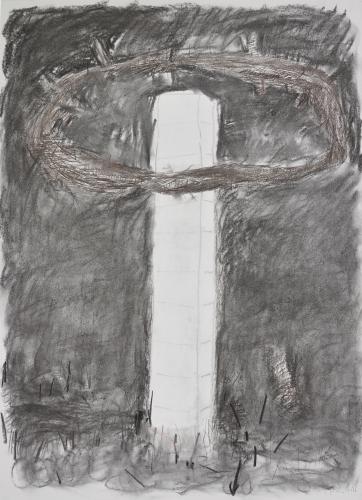
fusain, sanguine et collage | papier
Larmes
120 x 80
2016
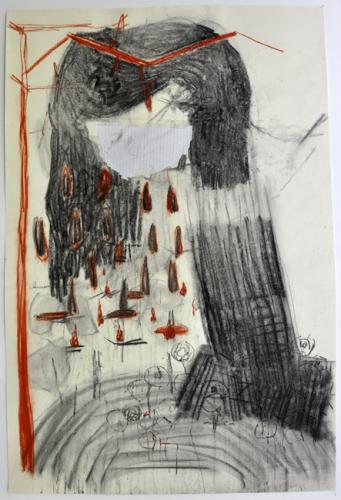
fusain | papier
Seul au pistolet
120x80
2016
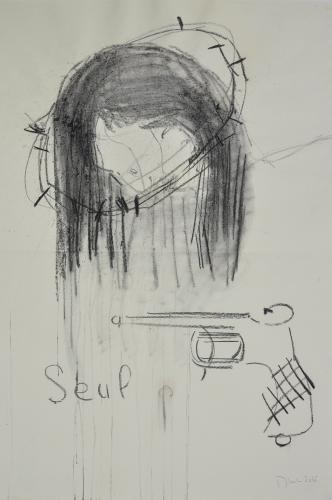
huile | toile-lin
Crachats
60F - 97x130
2016
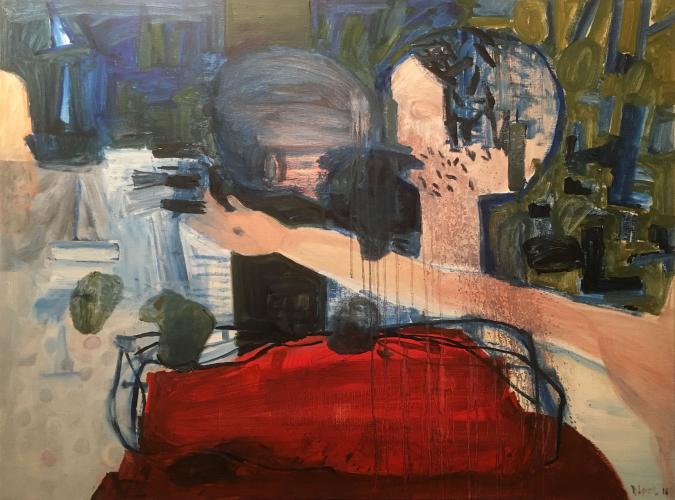
huile | toile-lin
Passion
60F - 130x97
2016
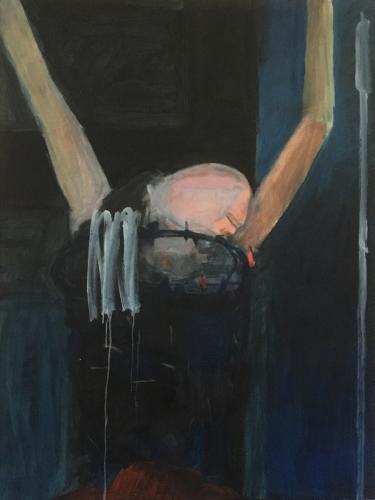
huile | toile-lin
larmes
30F - 92x73
2016
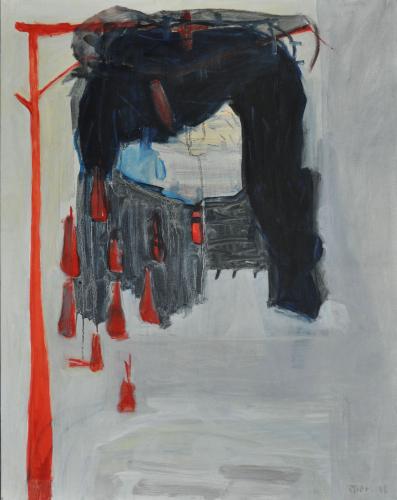
encre et acrylique | papier craft
Esquisse couronne
23,5 x 31,5
2016
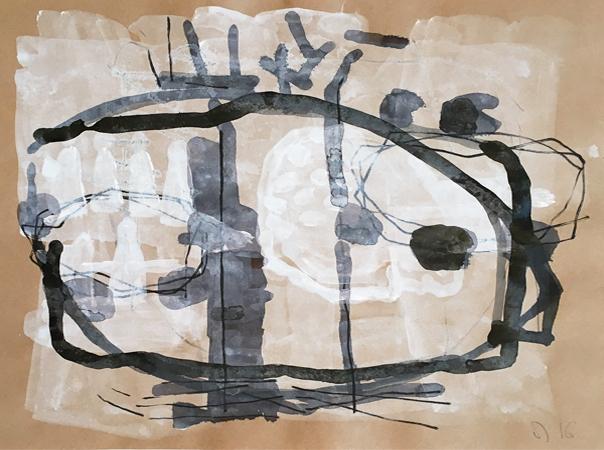
fusain, sanguine et collage | papier
Au-delà
120 x 80
2016
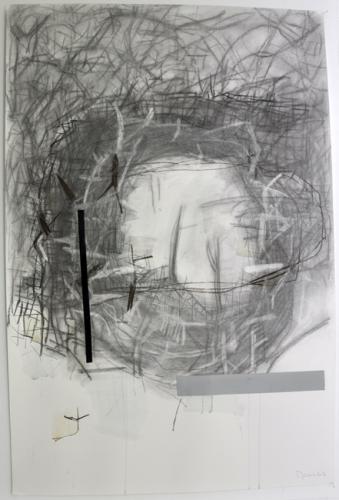
mine de plomb, acrylique et sanguine | papier
Passion
240x150
2016
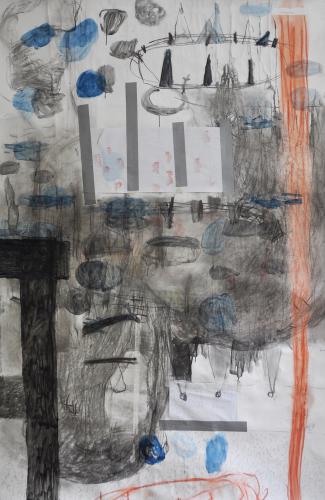
Exhibition of 12 contemporary artists around a set of monochromes by the painter Boulonnais Franck Longelin, accompanied by paintings from the Delaine collection, « the Passion of Dunkerque ».
Nicolas Alquin (1958), Georg Baselitz (1938), Benloÿ (1967), Marie-Claude Bugeaud (1941), Pierre Buraglio (1939) , Joël Brisse (1953), Louis Cane (1943), Frederique Chauveaux (1956), Chu teh Chun (1930-2014), John Christoforou (1921-2014), Robert Combas (1957) , Nicolas Delay (1977), Thierry Diers (1954), Albert Féraud (1921-2008), Lucio Fontana (1899-1968), Bernard Gaube (1952), Bernard Guillot (1950), Christine Jean (1957), Bengt Lindström (1925-2008), Mimmo Paladino (1948), Franck Longelin(1956), Yvan Theys (1936-2005), Erlend Van Landeghem (1965) et Andy Warhol (1928-1987).
co-curated: Nicolas-Xavier Ferrand et Thierry Diers
Passion
A major theme in the history of western art since the Middle Ages, Passion has been unflaggingly dealt with by the artists. What is not so well known is that it was also dealt with all along the 20th century.
The
artists have known how to enlarge a subject which from the very beginning was
eminently based upon faith. Of course we find again a few mystics, who have
sought for an echo to human condition through the suffering of Jesus of
Nazareth, and others who have questioned the deeply iconographic nature of the
theme, and that of its visual importance in our visual culture. Others also have
known how to capture the henceforth ‘pop’ nature of a type of image which
sometimes wavers between cliché and kitsch. In the 21st century,
while brotherhood between men is at stake and has never seemed so urgent, the
story of a man suffering for his fellowmen can again be used as something to
lean on.
The artist who eradicates a part of his / her privacy in order to give it a shape and to allow the onlooker to mend his / her soul secretly fits in with that dynamics. Some turn it into an abstract parable, others re-interpret the image, others also, who are not very much attached to the idea of the original sin, see, on the other hand, other breaches of mankind toward his fellowman, such breaches as need to be repaired. If everyone has his own belief or lack of belief, every artist considers his / her work as a means of positive exchange between men. The idea, here, is to display a creator’s panorama, men and women, coming from all horizons and all generations, and who have tried to reconstruct the souls of their fellow creatures during the lapse of time of a work of art.
Nicolas-Xavier FERRAND
Passion (s)
This exhibition follows upon an adventure which
started in the 1970’s in Dunkirk in the beginnings of the Delaine collection
which I was discovering. Then there followed the encounters with Eugène Leroy,
Eugène Dodeigne, Yvan Theys, the visits to Philippe Leclerc’s collection in
Hem, the sharing with the Syrian-Lebanese engineer Pierre Eid who made me
discover Egypt and experience the progress of our history before arriving here
in Notre-Dame de la Treille on Franck Longelin’s proposal to put on an
exhibition about his own canvasses and about the Delaine collection, ‘The
Passion of Dunkirk’. The second collection of a man who was facing illness, was
questioning the meaning of life and questioned his artist friends, asking them
to re-read in order to get going again on Matthew’s, John’s and Mark’s gospels.
To throw oneself into that mad idea : to die in order to save men. Texts so
often heard and that I have just started to decipher, disconcerting parallels
with the creators’ solitary lives.
This exhibition gathers twelve contemporary
artists round a collection of monochrome drawings by the ‘Boulonnais’ painter
Franck Longelin. It is accompanied by canvasses belonging to the Delaine
collection (Baselitz, Fontana, Warhol…).
The canvasses, sculptures, photos and videos which have been achieved are as many interruptions of time amid everyone’s productions. Paths in the pursuit of a story which has been unflaggingly dealt with by artists. Quests for the thickness of a world which witness, question and are aimed at everybody in order to open spaces and maybe help to find a meaning as an answer to the pervading void. To find again Gilbert Delaine’s energy and his questioning.
Thierry Diers